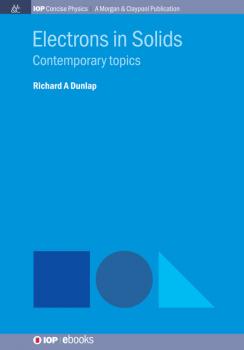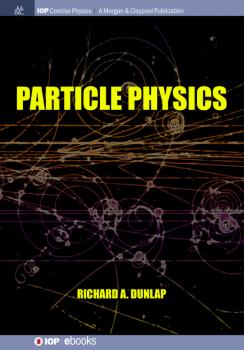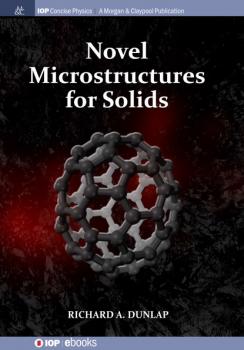ТОП просматриваемых книг сайта:
Richard A Dunlap
Список книг автора Richard A DunlapАннотация
The transport of electric charge through most materials is well described in terms of their electronic band structure. The present book deals with two cases where the charge transport in a solid is not described by the simple band structure picture of the solid. These cases are related to the phenomena of the quantum Hall effect and superconductivity. Part I of this book deals with the quantum Hall effect, which is a consequence of the behavior of electrons in solids when they are constrained to move in two dimensions. Part II of the present volume describes the behavior of superconductors, where electrons are bound together in Cooper pairs and travel through a material without resistance.
Lasers and Their Application to the Observation of Bose-Einstein Condensates - Richard A Dunlap
IOP Concise PhysicsАннотация
The first part of this book overviews the physics of lasers and describes some of the more common types of lasers and their applications. Applications of lasers include CD/DVD players, laser printers and fiber optic communication devices. Part II of this book describes the phenomenon of Bose-Einstein condensation. The experimental techniques used to create a Bose-Einstein condensate provide an interesting and unconventional application of lasers; that is, the cooling and confinement of a dilute gas at very low temperature.
Аннотация
Our understanding of subatomic particles developed over many years, although a clear picture of the different particles, their interactions and their inter-relationships only emerged in the latter part of the twentieth century. The first «subatomic particles» to be investigated were those which exhibit readily observable macroscopic behavior, specifically these are the photon, which we observe as light and the electron, which is manifested as electricity. The true nature of these particles, however, only became clear within the last century or so. The development of the Standard Model provided clarification of the way in which various particles, specifically the hadrons, relate to one another and the way in which their properties are determined by their structure. The final piece, perhaps, of the final model, that is the means by which some particles acquire mass, has just recently been clarified with the observation of the Higgs boson. Since the 1970s it has been known that the measured solar neutrino flux was inconsistent with the flux predicted by solar models. The existence of neutrinos with mass would allow for neutrino flavor oscillations and would provide an explanation for this discrepancy. Only in the past few years, has there been clear experimental evidence that neutrinos have mass. The description of particle structure on the basis of the Standard Model, along with recent discoveries concerning neutrino properties, provides us with a comprehensive picture of the properties of subatomic particles. Part I of the present book provides an overview of the Standard Model of particle physics including an overview of the discovery and properties of the Higgs boson. Part II of the book summarizes the important investigations into the physics of neutrinos and provides an overview of the interpretation of these studies.
Аннотация
For many years, evidence suggested that all solid materials either possessed a periodic crystal structure as proposed by the Braggs or they were amorphous glasses with no long-range order. In the 1970s, Roger Penrose hypothesized structures (Penrose tilings) with long-range order which were not periodic. The existence of a solid phase, known as a quasicrystal, that possessed the structure of a three dimensional Penrose tiling, was demonstrated experimentally in 1984 by Dan Shechtman and colleagues. Shechtman received the 2011 Nobel Prize in Chemistry for his discovery. The discovery and description of quasicrystalline materials provided the first concrete evidence that traditional crystals could be viewed as a subset of a more general category of ordered materials. This book introduces the diversity of structures that are now known to exist in solids through a consideration of quasicrystals (Part I) and the various structures of elemental carbon (Part II) and through an analysis of their relationship to conventional crystal structures. Both quasicrystals and the various allotropes of carbon are excellent examples of how our understanding of the microstructure of solids has progressed over the years beyond the concepts of traditional crystallography.




